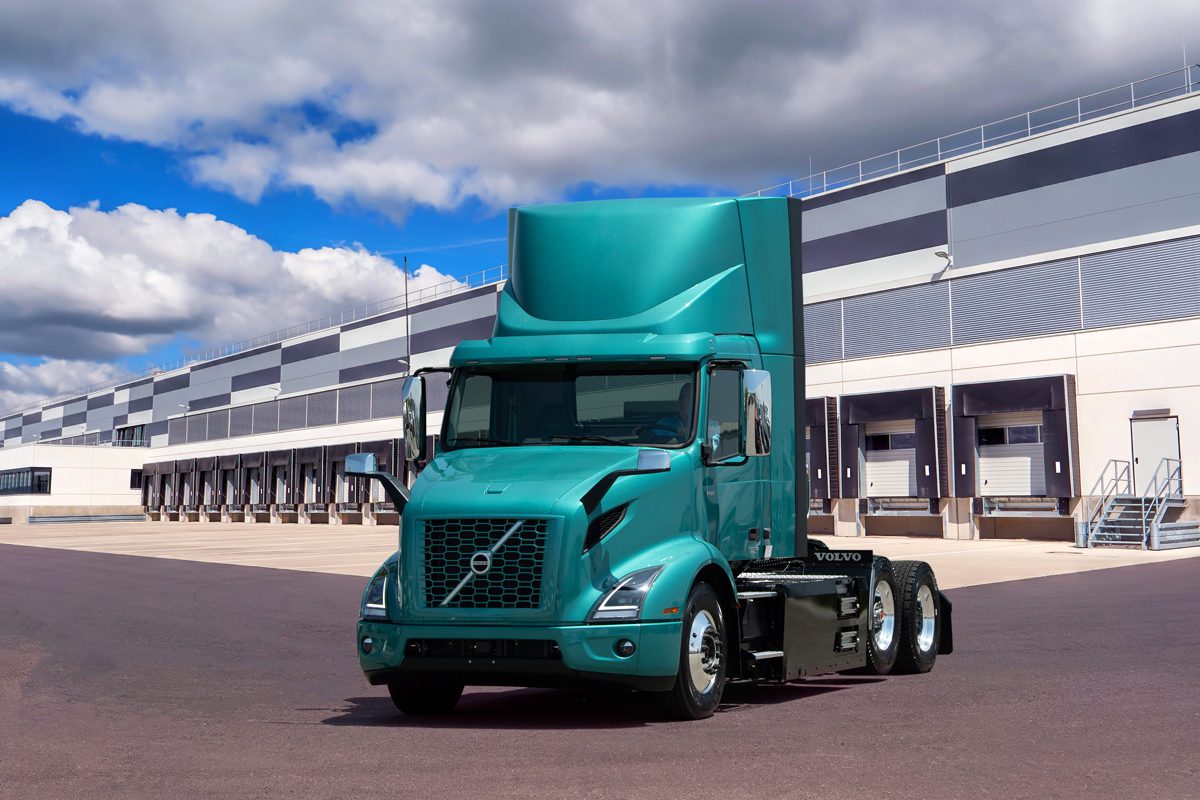Warehouse operators in Southern California will soon face a dilemma. Seemingly overnight, a major component of their business model may very well transform from an asset to a liability. Beginning this year for large warehouses, and subsequent years for medium and smaller ones, vehicle traffic from logistics companies transporting freight to and from warehouses in most of the Greater Los Angeles Metropolitan Area will begin to incur a monetary penalty for warehouse operators. This is because of South Coast Air Quality Management District’s (AQMD) Indirect Source Rule (ISR), which impacts warehouses that are 100,000 square feet or larger.
Through the Warehouse ISR, diesel truck traffic generates an obligation for a warehouse operator that must be mitigated in some way, either through actions or fee payments. Failure to address these obligations may lead to corrective action from South Coast AQMD, fines, or both. In short, it is in an operator’s best interest to identify what their obligation may be and the best and most cost-effective ways to address it. And they should start thinking about this today because the first reporting deadline for the largest warehouses is July 1, 2022. Medium and smaller warehouse operators have some additional time, but they need to start planning their approach, and the sooner the better.
One potential way to address these obligations is to purchase and utilize zero-emission vehicles at a warehouse location. Credits are generated for both the acquisition and the use of these vehicles, and those credits can add up quickly. A warehouse’s entire obligation can be eliminated by purchasing a few EVs and using them throughout the year. But this might not work for everyone.
For any number of reasons, warehouse operators may not have the ability to install new charging infrastructure at their location. Infrastructure is expensive, sometimes prohibitively so, and landlords are not always keen to allow major construction projects on their property. Existing and emergent zero-emissions vehicle technology may similarly be out of the price range of many of those affected by this rule. So, what can be done?
WattEV, a new California start-up, has a solution. Its Electric Truck-as-a-Service (TaaS) model lowers the financial bar for entry into the electric vehicle (EV) market, allowing fleets that would otherwise find electrifying some — or all — of their fleet difficult. WattEV’s TaaS model eliminates the upfront costs of purchasing EVs and the infrastructure needed to power them, as well as the routine service requirements. It also bypasses the traditional lead time associated with EV procurement, which, as anyone who has gone through the process knows, can take anywhere from 12 to 24 months or longer. WattEV’s fleet of Class 8 Volvo VNR Electric trucks will begin operation in Southern and Central California this year. This TaaS model allows warehouse operators to reap the benefits of battery-electric trucks immediately and at a total cost per mile equivalent to that of diesel truck.
Not only can WattEV’s TaaS model help satisfy an organization’s obligations under the Warehouse ISR, it can also help reduce overall fuel costs. With diesel fuel prices in California rapidly approaching $7 per gallon this summer, controlling overhead is on the minds of every fleet operator in the state and around the country. What better way to control fuel costs than by eliminating the volatility of the oil market?
Currently, WattEV is building a network of heavy-duty battery-electric truck charging stations in the Greater Los Angeles area and California’s Central Valley to help support its TaaS clients. These include Bakersfield, San Bernardino, and Long Beach, with multiple charging sites planned along the Golden State Freeway and beyond. With vehicles that can travel up to 250 miles from their origin location while hauling up to 39,000 pounds of cargo, WattEV can provide a single affordable product to satisfy several different compliance and financial needs.
To learn more about WattEV’s TaaS model, visit www.WattEV.com.


